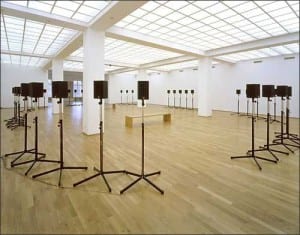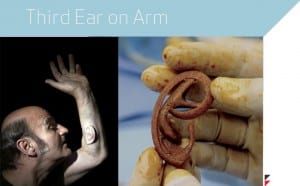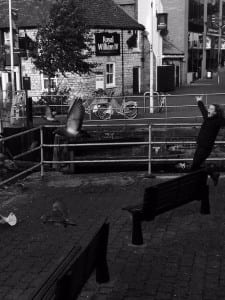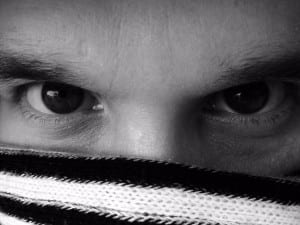Week Seven: Digital Performance and Virtual Practice
Hi All
Today we covered the Digital performance and Virtual practice. Now I first thought this was the element of performances being displayed at the local cinema, however I was wrong – we were told what goes into a digital performance.
Time to learn some new words…
Immersion: We become dependant on technology for example nearly everyone nowadays has a mobile phone where they are addicted too. Or we become too dependant on the internet and computers trying to discover information and new facts out instead of looking in a book.
- Immersion Performances is not a new form of theatre.
Cognitive Immersion: Suspension of disbelief – immersion in an imaginary world.
Sensory Immersion: is a variant of immersion within an environment (virtual or otherwise) in which all the person’s senses are immersed into that environment, with each one, as much as possible, reporting back data from that environment.
Hypermedia and Transparent media are the same thing.
- The internet is always developing as technology improves, some say that the internet could be interpreted as a site specific performance.
In the lesson, Dan (the tutor teaching us this week) showed us a few different videos of digital performances. One that I found really entertaining and different was an installation piece by Janet Cardiff. She was looking closely at the human sensory system. So instead of watching a performance the audience heard a group of choir singers through thirty different speakers to echo the sound you would hear if you were in a church.
So on to the Post-Human?
“the emergent relationship between the human and the machine as creating a hybrid subjectivity that is continuously moving between the material realm of bodily agency and the informational realm of digitality” (Klich, 2011, p. 189).
As technology is improving so is the human life form. We have now started using machines to improve the way we live. We have reached a point in the technology where humans are not just human beings but half human half machine. I feel like I can say that as I’ve got ten pieces of metal in my left arm. Maybe I could be seen as turning into a cyborg? Who knows..
In 2007, Performance Artist Stelarc. known for he use of robots and metal went one step further to create a “third ear” on his forearm. Why on earth would you want to do that is beyond me, I guess he wanted to prove you can do that. The ear has been fitted with a Bluetooth and microphone for the ear to become a fully functional working ear. Don’t try this at home kids, this ear was developed in a lab, yet there are many people who argue and express there feeling by saying its “offensive and distressing” (BBC, 2007). I would not go that far with the comments I personally find it odd.
Dan went on to add, “technology is always improving so humans are becoming mere technological like robots. Everything for fixing sensors ie. Hearing or visually seeing, to enhancing the body features”. (Hunt, 2016).
We got split into small teams for the last hour of so of the lesson to create the #lincolnnoir on social media site Twitter. By going into Lincoln High Street, taking photos and small videos using the noir filter to create a different style of digital theatre piece. Honestly this was the best fun I have had with this module.
These photos are just some that were taken on my phone and put onto Twitter.
If you would like to see more of these please click on the link https://twitter.com/hashtag/lincolnnoir?src=hash
Till next time
Bye x
Work Cited:
BBC Health (2007) Performer Gets Third Ear for Art [online] Available at <http://news.bbc.co.uk/1/hi/health/7039821.stm > Accessed [17/11/2016]
Cardiff, Janet (2013) The 40 Part Motet – Sensory. [online] Pintrest. Available from https://www.google.co.uk/search?q=janet+cardiff+sensory&safe=strict&espv=2&biw=1366&bih=613&source=lnms&tbm=isch&sa=X&ved=0ahUKEwjwvZ7rztPRAhUkKsAKHY7NBRkQ_AUIBigB#imgrc=Z1hzLHjgwUis3M%3A [Accessed 17th November 2016].
Hunt, Daniel (2016) Week Seven: Digital Performance and Virtual Practice [Lecture] Current Issues in Drama, Theatre and Performance. University of Lincoln. 17th November 2016.
Klich, Rosemary (2011) Multimedia Performance, London: Macmillan. pp. 178-203
Levesque-Payne, Sophie. (2016) Lincoln Noir Photos.
Wisco, Albert (2013) The 40 Part Motet by Janet Cardiff [online video] Available from https://www.youtube.com/watch?v=ncWFLzVrwU4&feature=youtu.be [accessed 17 November 2016].




